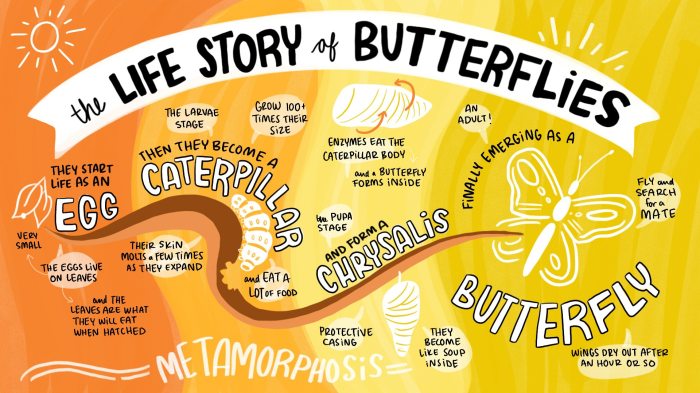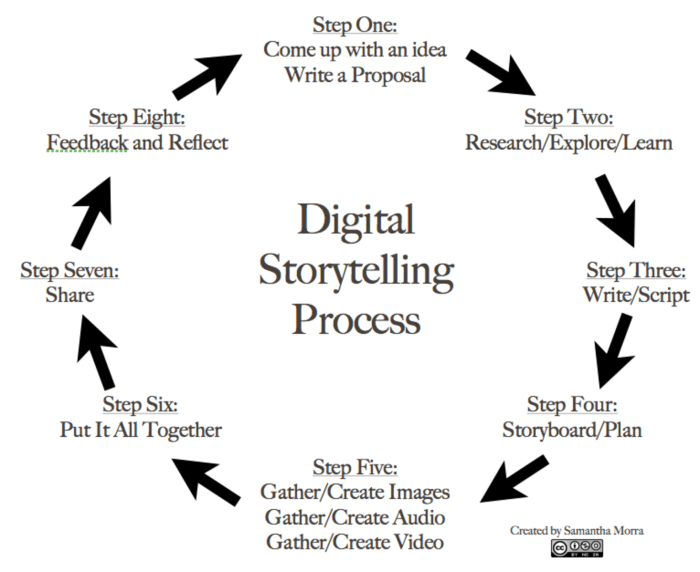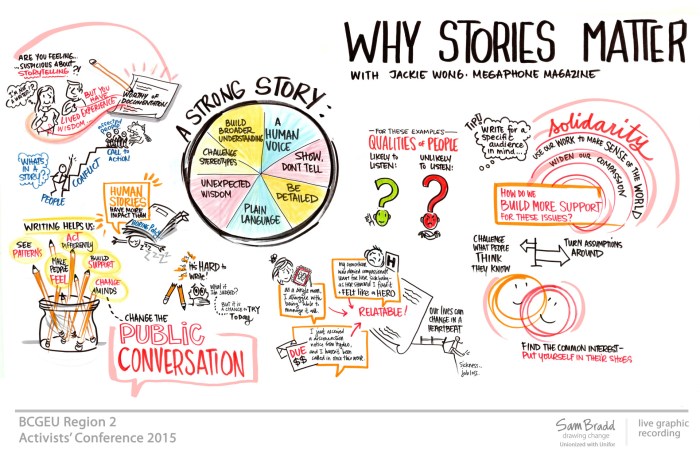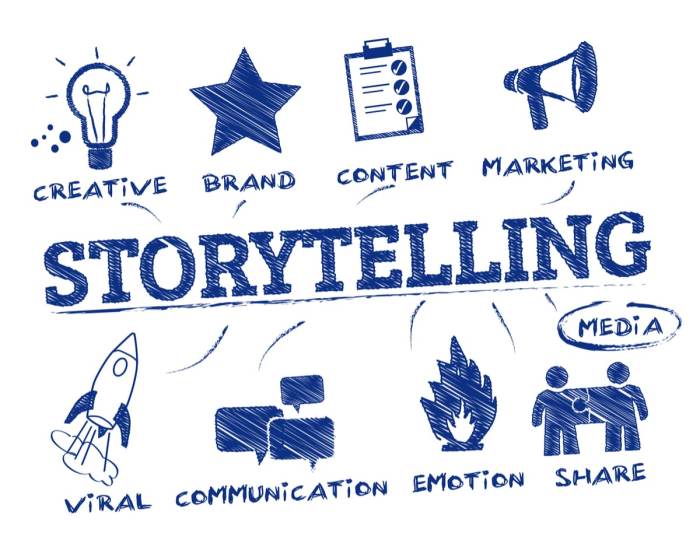Crafting compelling narratives is crucial for engaging audiences across various platforms. This guide delves into the art of design for storytelling, offering ten practical tips to create immersive and memorable experiences. We’ll explore how to structure narratives effectively, leverage visual elements to evoke emotion, and incorporate interactive techniques to enhance user engagement. Whether you’re designing websites, video games, or other digital experiences, understanding these principles is key to captivating your audience and leaving a lasting impact.
From understanding the fundamental narrative arc and its various forms to mastering the use of visual metaphors and symbolism, we’ll cover the essential elements needed to transform your designs into powerful storytelling tools. We’ll also examine how interactive elements and user feedback mechanisms can be incorporated to create dynamic and responsive narratives, ensuring a truly engaging and personalized experience for each user.
Understanding the Narrative Arc

A strong narrative arc is the backbone of any engaging story, whether it’s a novel, a film, or a website. It provides a structure that guides the audience through a journey, creating emotional investment and ensuring a satisfying conclusion. Understanding and effectively utilizing the narrative arc is crucial for designers aiming to create compelling experiences.
The narrative arc, in its simplest form, describes the progression of a story. It’s a roadmap that helps designers plot the user’s journey and ensures a cohesive and engaging experience. By carefully crafting each stage of the arc, designers can control the pace, build suspense, and ultimately, leave a lasting impression on the audience.
Visual Representation of a Typical Narrative Arc
The following table illustrates the four key stages of a typical narrative arc:
| Setup | Rising Action | Climax | Resolution |
|---|---|---|---|
| Introduces the characters, setting, and initial conflict. This stage sets the scene and establishes the stakes. It’s crucial for hooking the audience and making them invested in what follows. | A series of events that build tension and complicate the initial conflict. This stage introduces obstacles and challenges that the protagonist must overcome, gradually raising the stakes. | The point of highest tension in the story. This is the turning point where the conflict reaches its peak, often resulting in a significant change or revelation. | The aftermath of the climax. This stage shows the consequences of the climax and provides a sense of closure. It resolves the initial conflict and offers a final reflection on the events that transpired. |
Different Narrative Arcs and Their Design Implications
While the four-stage arc is common, different narrative structures exist, each impacting design choices significantly.
Here are three examples:
- Linear Narrative Arc: This follows a chronological order, proceeding from beginning to end without significant flashbacks or deviations. Design for a linear narrative often involves a straightforward, sequential user experience. Think of a tutorial in a video game that guides the player through a series of levels, each building upon the previous one. The design would emphasize clear progression markers and a sense of forward momentum.
- Non-Linear Narrative Arc: This jumps between different time periods or perspectives, creating a more fragmented and complex experience. Design for a non-linear narrative requires careful consideration of navigation and information architecture. A website exploring the history of a city might use a non-linear structure, allowing users to explore different eras and events in any order. The design would prioritize interactive elements and clear visual cues to guide the user through the fragmented timeline.
- Episodic Narrative Arc: This is comprised of self-contained episodes or chapters, each with its own mini-arc but contributing to an overarching narrative. Design for an episodic narrative often involves modularity and clear separation of content. A television series is a prime example. Each episode has a beginning, middle, and end, but contributes to the larger season arc. A website with a blog employing this structure would benefit from clear episode separation and strong internal linking.
Beginning, Middle, and End in Visual Storytelling
The principles of beginning, middle, and end are fundamental to visual storytelling across various platforms.
In website design, the beginning might be the hero section, immediately grabbing the user’s attention and establishing the website’s purpose. The middle would consist of the body content, gradually revealing more information and engaging the user. The end might be a call to action, prompting the user to take a specific step, such as subscribing to a newsletter or making a purchase. A clear visual hierarchy, consistent branding, and intuitive navigation are crucial to guide the user through this arc.
In video game interface design, the beginning might be the character creation screen or tutorial level. The middle would involve gameplay and progression through different levels or challenges. The end might be the final boss battle or the achievement of a specific goal. The design would focus on clear feedback mechanisms, intuitive controls, and a compelling visual aesthetic to keep the player engaged throughout the entire experience.
Visual Elements and Emotional Impact

Effective storytelling in design isn’t just about the narrative itself; it’s about how visual elements work in harmony with the story to evoke the intended emotional response in the user. By carefully selecting colors, typography, and imagery, designers can guide the user’s emotional journey, enhancing engagement and memorability. This section will explore how specific visual choices can create a powerful emotional impact.
Visual elements are fundamental to crafting a compelling narrative. They act as a visual language, instantly communicating mood, setting, and character. Understanding this language allows designers to create a cohesive and emotionally resonant experience for the user. The strategic use of color palettes, typography choices, and carefully selected imagery can significantly influence the user’s perception and emotional response to the story being told.
Mood Board: Visual Elements and Their Emotional Impact
The following mood board illustrates how different visual elements can evoke distinct emotions. Imagine each as a separate section of a larger mood board, each section clearly labeled with the emotion it represents.
- Joy:
- Color Palette: Bright, pastel yellows, oranges, and pinks. These colors are inherently associated with happiness and optimism.
- Typography: Rounded, playful fonts like Bubblegum Sans or Amatic SC. These fonts visually mirror the lightheartedness of the emotion.
- Imagery: Images of sun-drenched landscapes, laughing children, or vibrant flowers. The imagery reinforces the feeling of joy and positivity.
- Emotional Impact: The combination of bright colors, playful fonts, and uplifting imagery creates a feeling of warmth, happiness, and lightheartedness. It makes the user feel optimistic and positive.
- Sadness:
- Color Palette: Muted blues, grays, and deep purples. These colors evoke feelings of melancholy and introspection.
- Typography: Serif fonts like Garamond or Times New Roman, used in a smaller size and with increased line spacing, convey a sense of somberness.
- Imagery: Images of rain-soaked streets, solitary figures, or desolate landscapes. These visuals reinforce the feeling of sadness and loneliness.
- Emotional Impact: The muted color palette, formal typography, and evocative imagery creates a mood of quiet sadness, melancholy, and perhaps even a sense of loss. The user might feel empathy or a sense of reflection.
- Suspense:
- Color Palette: Dark blues, deep greens, and blacks accented with small amounts of red or yellow. The dark tones create a sense of mystery, while the bright accents create visual tension.
- Typography: A sharp, sans-serif font like Futura or Helvetica in a bold weight, used sparingly, creates a sense of urgency and intensity.
- Imagery: Silhouettes, shadows, or obscured figures. These create a sense of mystery and anticipation.
- Emotional Impact: The combination of dark colors, bold typography, and mysterious imagery creates a sense of anticipation, unease, and excitement. The user is kept on edge, eagerly anticipating what will happen next.
Mockups: Visual Styles and Narrative Conveyance
Different visual styles can drastically alter the narrative’s impact. The following mockups illustrate how minimalist, realistic, and abstract styles can tell different versions of the same story – a user onboarding process for a productivity app.
- Minimalist Mockup: A clean, white background with simple icons and a concise headline (“Get Organized”). The minimalist style focuses on clarity and efficiency, implying a straightforward and easy-to-use app.
- Realistic Mockup: A mockup showing a person happily using the app on their laptop in a well-lit office. This realistic style builds trust and showcases the app in a relatable context, suggesting it is a practical and effective tool.
- Abstract Mockup: A mockup using geometric shapes and vibrant colors to represent the app’s core features. The abstract style is playful and creative, suggesting an innovative and fun approach to productivity.
Visual Metaphors and Symbolism in User Interfaces
Visual metaphors and symbolism can significantly enhance storytelling by adding layers of meaning and facilitating a deeper understanding of the narrative. The use of familiar symbols can create an instant connection with the user, making the story more relatable and engaging.
- A lock icon for security: This universally understood symbol immediately conveys a sense of safety and protection, assuring users their data is secure.
- A shopping cart for e-commerce: This simple icon clearly indicates the function of adding items to a purchase, streamlining the user experience.
- A heart icon for “like” or “favorite”: This symbol instantly communicates affection or preference, creating a more emotionally resonant interaction.
Interactive Storytelling Techniques

Interactive storytelling significantly enhances engagement by shifting the narrative control to the audience. This allows for personalized experiences, increased immersion, and a stronger emotional connection with the story. By incorporating user choices and feedback, designers can create dynamic narratives that adapt and evolve based on audience participation.
Several techniques facilitate interactive storytelling within digital platforms. These techniques transform passive consumption into active participation, fostering a deeper understanding and appreciation of the narrative.
Interactive Storytelling Techniques for Digital Platforms
The following techniques are commonly used to create engaging interactive narratives. The successful implementation of these techniques requires careful consideration of user experience and accessibility.
- Branching Narratives: The story unfolds along multiple paths determined by the user’s choices. Each decision leads to a different scene or outcome, creating a personalized experience. For example, a game might present the player with a moral dilemma, with each choice leading to different consequences and impacting the story’s trajectory.
- User Choices Affecting the Outcome: User actions directly impact the story’s progression and conclusion. This could involve selecting dialogue options, solving puzzles, or completing tasks that unlock new story elements or alter the narrative’s direction. A visual novel, for instance, might offer multiple dialogue choices that change the protagonist’s relationships and the overall storyline.
- Hidden Details and Easter Eggs: Incorporating hidden elements encourages exploration and replayability. These can range from subtle visual cues to unlockable content, rewarding attentive users and adding layers of depth to the narrative. A hidden message within a game’s environment, discovered only by investigating specific locations, is a prime example.
- Inventory Systems: Allowing users to collect and utilize items within the narrative adds a layer of interactivity and strategic decision-making. This technique is frequently employed in adventure games where the player’s choices regarding item usage influence the story’s unfolding.
- Time-Sensitive Choices: Introducing time constraints to decisions adds tension and urgency. This mechanic can elevate the stakes and create a more immersive experience for the user. For instance, a narrative could present a situation where the player must make a critical choice within a limited timeframe, creating a sense of pressure and excitement.
Incorporating User Feedback Mechanisms
Gathering user feedback is crucial for iterative improvement and ensuring a positive narrative experience. By actively soliciting and analyzing user responses, designers can refine their storytelling approach and adapt the narrative accordingly.
- Surveys: Post-experience surveys can gather broad feedback on various aspects of the narrative, including engagement, clarity, and emotional impact. Open-ended questions allow for rich qualitative data, while multiple-choice questions provide quantifiable insights.
- Polls: Real-time polls can gauge audience preferences during the narrative, allowing for dynamic adjustments based on immediate feedback. This could involve asking users to vote on the direction of the story at crucial decision points.
- A/B Testing: Testing different versions of the narrative allows designers to compare user engagement and identify the most effective approaches. This method can be used to evaluate the impact of specific design choices on user experience.
Design Considerations for User Experience in Interactive Narratives
Creating a compelling and intuitive user experience is paramount in interactive storytelling. This involves prioritizing accessibility and inclusivity to ensure a positive experience for all users.
- Intuitive Navigation: The interface should be easy to understand and navigate, regardless of the user’s technical skills. Clear visual cues and consistent controls are essential for a seamless user experience. For example, using clear visual indicators for interactive elements and avoiding complex control schemes are important.
- Accessibility Features: Incorporating features like adjustable font sizes, screen reader compatibility, and alternative input methods ensures accessibility for users with disabilities. This commitment to inclusivity broadens the audience and ensures a positive experience for everyone.
- Clear Feedback Mechanisms: Providing clear visual and auditory feedback to user actions reinforces engagement and helps users understand the consequences of their choices. This might include visual cues indicating successful actions or auditory feedback confirming choices.
- Multilingual Support: Offering the narrative in multiple languages broadens the potential audience and ensures inclusivity for diverse users. Providing accurate and culturally sensitive translations is essential for creating a positive experience.
Final Review

By mastering the art of design for storytelling, you can transform your projects from mere interfaces into captivating narratives. Remember, effective storytelling isn’t just about presenting information; it’s about creating an emotional connection with your audience. By thoughtfully structuring your narrative, employing evocative visuals, and incorporating interactive elements, you can create experiences that resonate deeply and leave a lasting impression. Embrace these techniques, and watch your designs come alive with compelling stories.